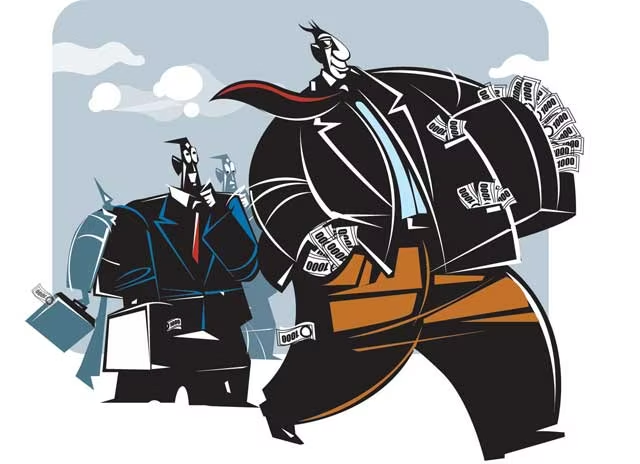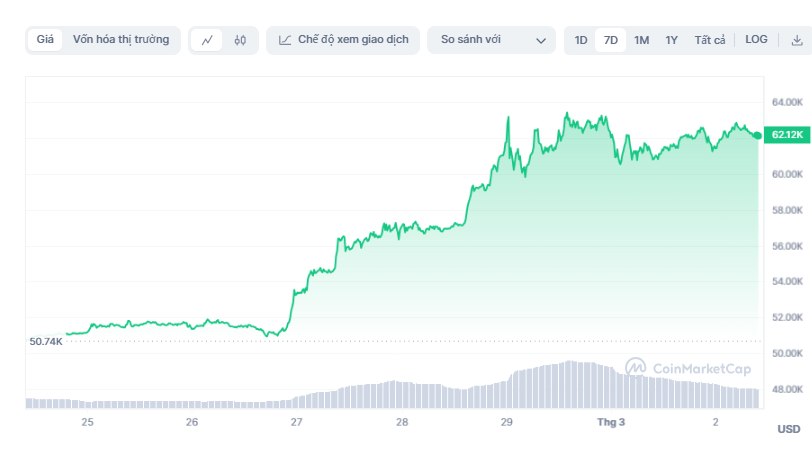
Credit growth is negative, banks enhance preferential loan packages
Data from the State Bank of Vietnam (SBV) showed that by the end of 2023, credit in the whole economy increased by 13.71% compared to the end of 2022. However, in January 2024, the credit in the entire system decreased by 0.6% compared to the end of 2023.
Explaining the reasons for the negative credit growth in the first month of the year, Mr. Dao Minh Tu – Deputy Governor of SBV, said that credit growth still faced difficulties and decreased compared to the end of 2023, due to the difficulties of the economy, especially in consumer lending; the credit demand of the economy decreased due to decreased investment and production-business activities; some customer groups (small and medium-sized enterprises) have demand but do not meet the loan conditions or still face legal procedure obstacles; seasonal law… The decrease in credit growth is in the context of the general economic decline, not due to policy mechanisms or lending activities of banks.
The Deputy Director of a bank branch headquartered in Ho Chi Minh City said that the current loan demand of businesses has not experienced much breakthrough compared to before Tet holiday, and the situation may improve by the end of the first quarter.
Starting from the beginning of 2024, to facilitate credit growth, many banks have enhanced loan packages with preferential interest rates. For example, Agribank has reduced its deposit interest rates twice, with a decrease ranging from 0.3-0.5%, and reduced its short-term loan interest rates with a decrease ranging from 0.5-1%. Currently, the average lending interest rate of Agribank decreased by 0.42% per year compared to the beginning of 2023 and decreased by 0.13% compared to the beginning of 2024.
In January 2024, Agribank implemented preferential credit programs with a scale of VND 60,000 billion for many customer groups including businesses and individuals with a lower interest rate than the normal lending rates, ranging from 1-2.5% per year.
Meanwhile, Vietcombank applied an interest rate of only 5.3% per year for short-term production and business loans and an interest rate of only 6.5% per year for medium and long-term loans for individual and small and medium-sized enterprise (SME) customers.
For individual customers borrowing for buying houses, cars, or consumer loans, the preferential lending interest rate for the first 6 months is only 6% per year for short-term loans (below 12 months). For medium-long-term loans, the preferential interest rate is 6.3% per year for the first 6 months.
VietinBank allocated VND 100,000 billion for individuals with borrowing needs to serve production, business, and consumption. From 12/01 to 30/04/2024, customers borrowing for production, business, and consumption will receive preferential interest rates of only 5.7% per year for short-term loans, interest rates ranging from 6.4% per year for medium and long-term loans.
On February 27, 2024, PVcomBank launched a credit package of VND 2,000 billion until December 31, 2024, for businesses in the export-import sector to boost production and expand their scale in the international market. The lending interest rate starts from 7.5% per year and applies to various customer groups in export-import activities such as exporting rice, meat, seafood, coffee, agricultural products, handicrafts; importing beverages, household items, machinery, electronics, cosmetics, petroleum, construction materials…
BVBank implemented a VND 2,600 billion fund for businesses in production and business until March 31, 2024. The VND 2,000 billion short-term loan package comes with preferential interest rates of 6.5% per year, fixed for 3 months; 6.9% per year, fixed for 5 months; 7.3% per year, fixed for 6 months; 8% per year, fixed for 9 months. The VND 600 billion package offers preferential interest rates of 0% for the first month and only 6.5% per year for the following months for medium-long-term loans.
According to Dr. Nguyen Tri Hieu – Banking and Finance Expert, some enterprises still cannot access the desired interest rates. There are 2 factors that keep lending rates high, not as expected.
First, the risk of borrowers is still high. Although the economic situation, according to the General Statistics Office, has been optimistic in the past 2 months, it still seems unstable. Therefore, in general, the economy is still in a stagnant state and the risk of borrowers is also increasing.
When the risk of borrowers increases, the interest rate cannot decrease because one of the components of the interest rate is compensation for risk. If the risk increases, this compensation increases as well. Therefore, some individuals, businesses, especially small and medium-sized enterprises, still cannot access preferential interest rates.
In the commercial banking sector, the principle is that when the risk is high, the interest rate applied must be high. Therefore, if there is no access to capital from banks, depending on the enterprise, it is still possible to access other sources such as corporate bond issuance or additional stock issuance.
For small and medium-sized enterprises, depending on the field and industry, they can raise additional capital from customers, future product buyers, such as real estate projects can mobilize capital from buyers, sellers, partners.
However, the main issue still lies within the internal factors of the enterprise. Financial restructuring and improving production and business efficiency, minimizing unnecessary costs must be done. At the same time, find ways to maximize cash flow with the lowest cost. At that time, good financial flows will enhance the enterprise’s ability to access banks.
According to Dr. Dinh Trong Thinh – Economics Expert, until April, Vietnamese banks are expected to continue reducing lending interest rates. Deposit interest rates will be difficult to decrease further because they are already quite low.
In reality, some enterprises are still being offered relatively high lending interest rates by banks. The reason is that these businesses are assessed to have high risks or low creditworthiness with banks, so the banks have to apply relatively high lending interest rates to ensure their risk provisioning.
However, this situation also has both positive and negative sides.
On the positive side, if the business does not have credibility, high risks, the bank must apply a high lending interest rate to have a sufficient basis for risk provisioning.
On the opposite side, enterprises are facing difficulties, so the risks of debt repayment are high, creditworthiness is low. If these businesses can have cheap capital for business and production, they will be able to grow better, have a higher ability to repay debts.
In the commercial banking sector, the principle is that when the risk is high, the interest rate applied must be high. Therefore, if there is no access to capital from banks, depending on the enterprise, it is still possible to access other sources such as corporate bond issuance or additional stock issuance.
For small and medium-sized enterprises, depending on the field, industry, they can raise additional capital from customers, product buyers, for example, real estate projects can mobilize capital from buyers, sellers, partners.
However, the main issue still lies within the internal factors of the enterprise. Financial restructuring and improving production and business efficiency, minimizing unnecessary costs must be done. At the same time, find ways to maximize cash flow with the lowest cost. At that time, good financial flows will enhance the enterprise’s ability to access banks.
According to Ms. Ho Truc Lam – Director of Horeca Food Company, due to normal consumption demand after Tet, the production and business situation is stable.
“Due to the expectation of better production this year, businesses have planned to expand production with new products that are suitable for new consumer demands. If there is capital from banks, it is very good because the cash flow of the enterprise will be relieved, as the current borrowing costs are quite low.
If there is no capital from banks, enterprises can raise additional funds through issuing shares, inviting investment for new projects, or expanding existing projects by selling shares to enterprises that are currently operating well.”
By Cat Lam







































